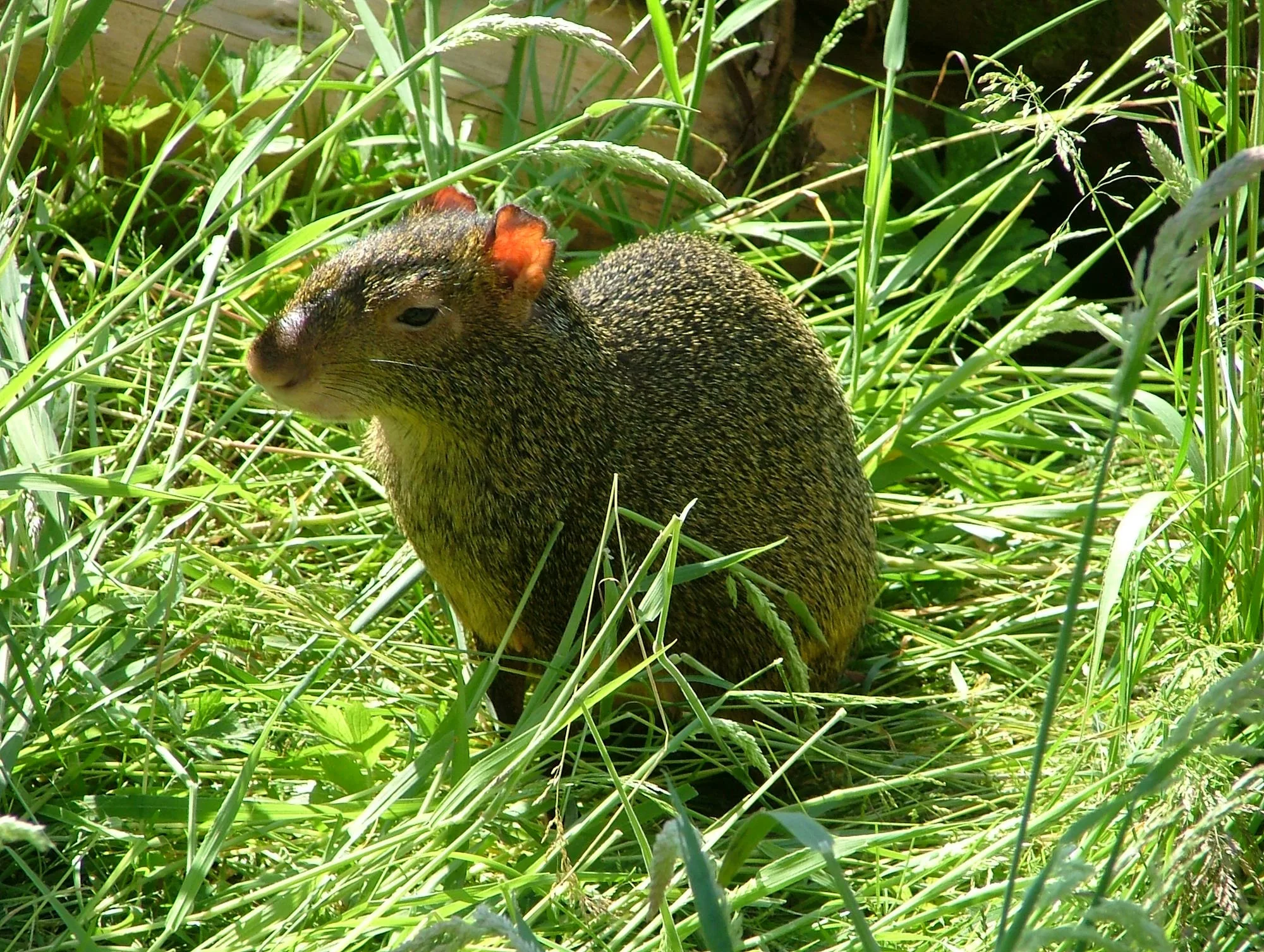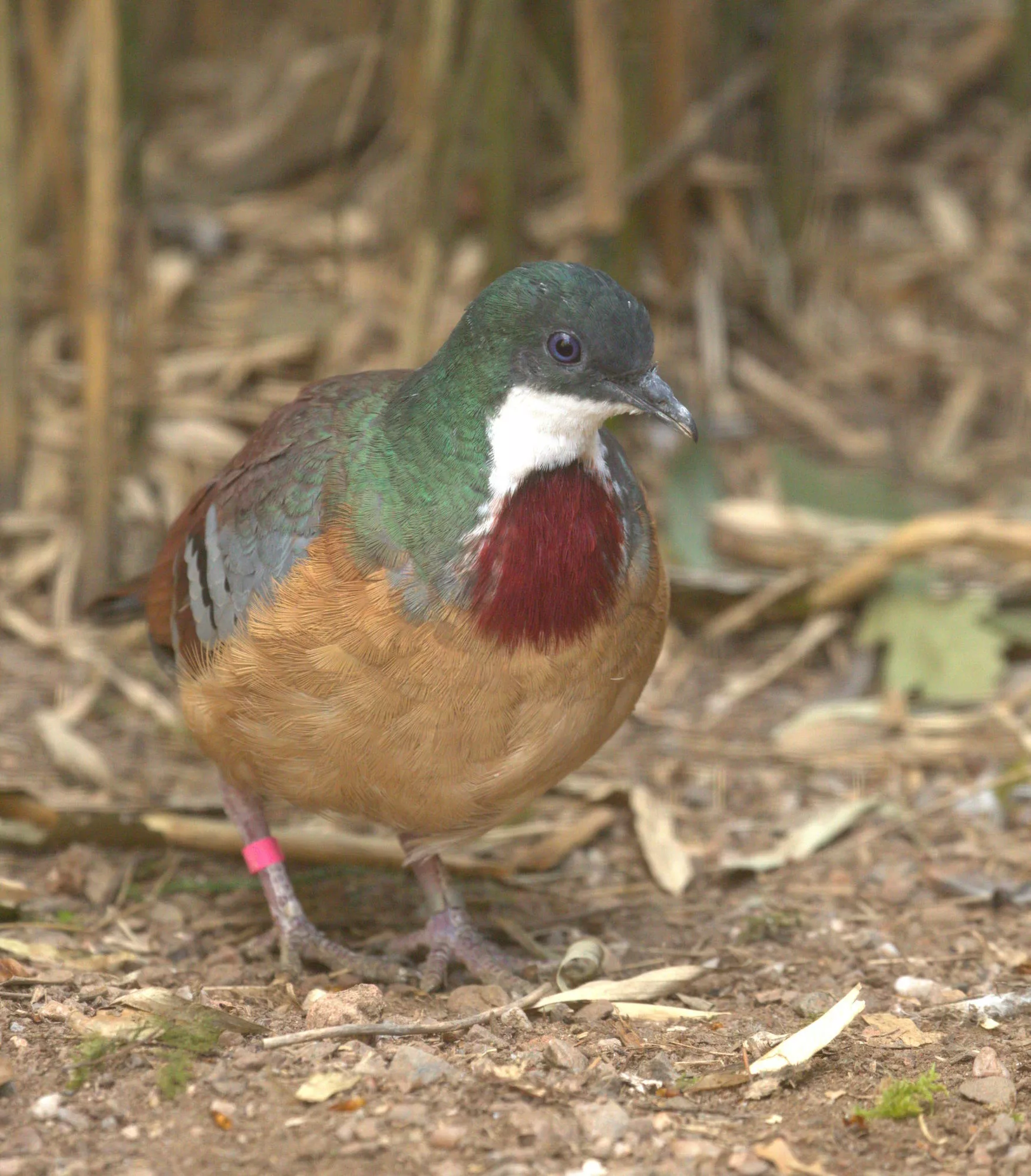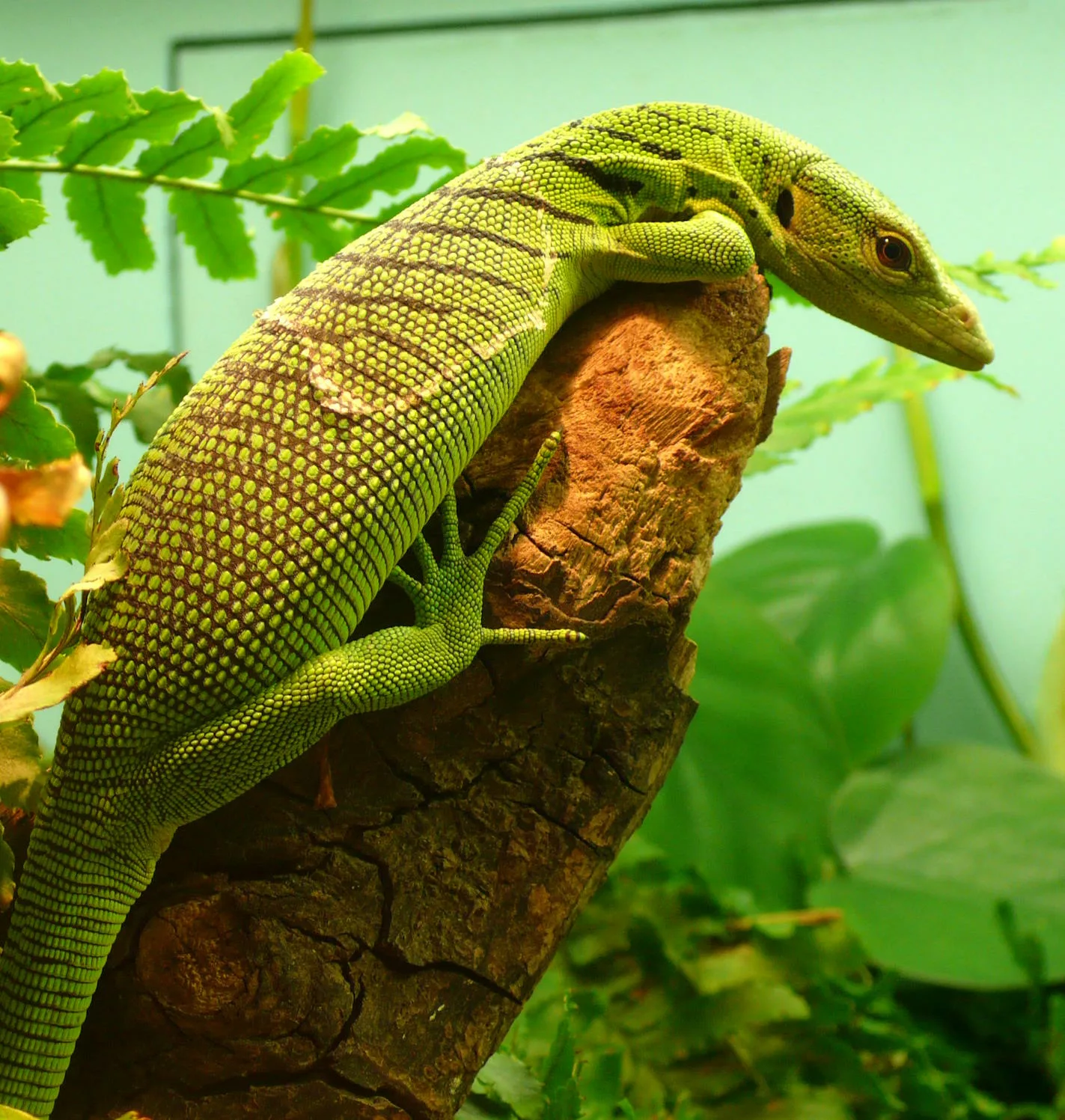
Grey-handed night monkey
Scientific name: Aotus griseimembra
IUCN listed as: Vulnerable
Learn before you visit!
Here are some facts about the species – Discover what they eat, find out about their natural habitat, see what they like to do, and more… Set the reading style to suit you too, everyday speak or something aimed towards children.
Child-friendly
Everyday
Diet
Grey-handed Night Monkeys primarily consume a diet consisting of fruits, leaves, flowers, seeds, and insects. They forage at night, using their keen sense of smell to locate food and are known to mark areas abundant in food to find them again. Occasionally, their diet is supplemented with bird eggs and small birds, which they catch with their hands. This varied diet provides them with the necessary nutrients for their nocturnal lifestyle. Their foraging behaviour also plays a crucial role in seed dispersal within their habitat.
Grey-handed Night Monkeys eat fruits, leaves, flowers, seeds, and insects. They look for food at night and use their strong sense of smell to find it. Sometimes, they eat bird eggs and small birds. Their diet helps them stay healthy and spread plant seeds.
Breeding
Breeding in Grey-handed Night Monkeys involves monogamous pairs that stay together for life. The female typically gives birth to one infant after a gestation period of about 133 days. Both parents are involved in the care of the young, with the male often carrying the infant and the female providing nourishment. The family groups are small, usually consisting of the breeding pair and their offspring. This strong family bond helps ensure the survival and proper upbringing of the young monkeys.
These monkeys live in pairs and stay together for life. The female has one baby at a time, and both parents take care of it. The father often carries the baby, and the mother feeds it. This helps the baby grow up strong and safe.
Habitat
Grey-handed Night Monkeys inhabit various forest types in northern Colombia and Venezuela, including tropical and subtropical forests. They are also found in coffee plantations and other agroforestry systems. These monkeys prefer dense, multi-layered forests where they can find ample food and shelter. However, they are highly adaptable and can live at various altitudes. Habitat loss due to deforestation and agricultural expansion is a significant threat to their survival.
Grey-handed Night Monkeys live in forests in Colombia and Venezuela. They like places with lots of trees and can also live in coffee farms. They need forests to find food and shelter. But, their homes are in danger because of tree cutting.
At the zoo
In zoos, Grey-handed Night Monkeys are kept in enclosures that simulate their natural habitat, featuring plenty of climbing structures and dim lighting to accommodate their nocturnal nature. Zoos provide a diet similar to their natural one, including fruits, leaves, and insects. These monkeys are part of conservation and breeding programmes to help protect the species and educate the public about their ecological importance. The presence of these monkeys in zoos helps raise awareness about the threats they face in the wild. They are relatively easy to care for, making them suitable for nocturnal exhibits.
In zoos, these monkeys live in special areas that look like their forest homes. They eat fruits, leaves, and insects, just like in the wild. Zoos help protect them and teach people about why they are important. Seeing these monkeys in zoos helps people learn about the dangers they face.
Behaviour
Grey-handed Night Monkeys are arboreal and nocturnal, being most active at night and during twilight hours. They live in small family groups and have a social structure centred around the monogamous breeding pair and their offspring. Their large eyes are well adapted for night vision, allowing them to navigate and forage in the dark. These monkeys communicate through a series of vocalisations and scent markings. Their behaviour includes foraging for food, caring for their young, and defending their territory from other groups.
These monkeys are awake at night and sleep during the day. They live in small family groups and have big eyes to see in the dark. They make sounds and use smells to talk to each other. They look for food, take care of their babies, and keep other monkeys away from their home.
Fun facts
- These monkeys are the only ones that stay awake all night and sleep during the day.
- They have big eyes to see in the dark but can’t see all colours clearly.
- They stay with the same partner for life and take care of their babies together.
- They use their nose to find food and to tell others where their home is.
- Even though they are night animals, they can be bothered by the full moon’s light.
More animals to discover at our zoo
Quick Links
Tickets & Prices
You can buy tickets for Exmoor Zoo securely online, as well as finding out more price options, discover offers, and more…
What’s on…
Exmoor Zoo hosts incredible Events all through the year. You can find out about what we’ve got in store here…
Routes & info
Like any great discovery, Exmoor Zoo can feel a little off the beaten path – but don’t worry – you can plan your journey with our recommended routes and other useful travel info.



























